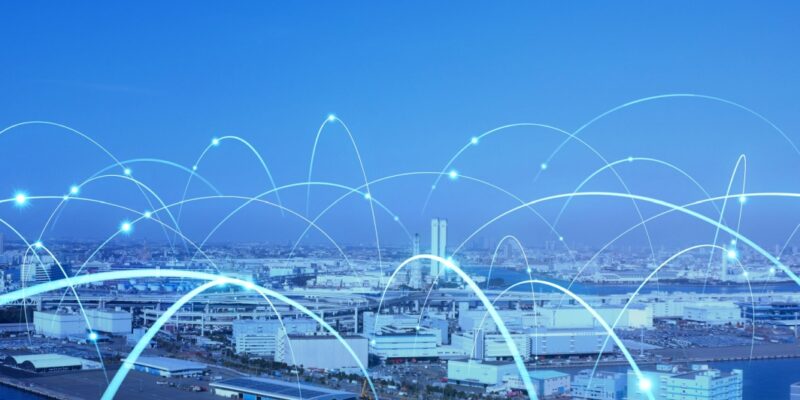As urban environments evolve into smart cities, the demand for uninterrupted, high-speed wireless connectivity has never been more critical. Smart cities rely on data—collected, shared, and acted upon in real time—to improve everything from transportation and energy efficiency to public safety and citizen engagement. But to make these innovations function seamlessly, cities must overcome one major hurdle: reliable in-building and wide-area wireless coverage. That’s where Distributed Antenna Systems (DAS) come in.
DAS is an essential infrastructure solution that enables strong and consistent wireless signals in dense urban environments. From public buildings and transit hubs to residential high-rises and commercial skyscrapers, DAS ensures that the digital foundation of a smart city remains robust and future-ready.
Supporting Urban Density Without Dropped Connections
One of the core challenges smart cities face is maintaining strong signal coverage across densely populated areas. With more people using smartphones, IoT devices, and connected services, traditional wireless infrastructure often struggles to keep up—especially inside buildings constructed with concrete, steel, or energy-efficient materials that block signals.
DAS combats this issue by using a network of small antennas distributed throughout a building or area. These antennas connect to a central source and amplify wireless signals, ensuring consistent coverage across all floors and spaces. Whether it’s a government office, a stadium, or a hospital, DAS eliminates dead zones and supports the always-on connectivity smart cities depend on.
Enabling Smart Services and IoT Connectivity
Smart cities rely on a web of connected sensors, devices, and systems that collect and transmit data to optimize operations and improve quality of life. From intelligent lighting and smart parking systems to emergency alert networks and building automation, these services demand uninterrupted wireless coverage.
DAS plays a key role in supporting this digital ecosystem. It enables reliable communication for smart traffic and transit systems, connected public safety networks, real-time utility monitoring, remote building controls, and environmental sensors and data collection. Without DAS, many of these systems would falter in high-density or challenging coverage areas, slowing the growth and efficiency of urban innovation.
Enhancing Emergency Communications and Public Safety
In the context of smart cities, safety remains a top priority. Firefighters, law enforcement, EMS personnel, and security teams all require dependable communication inside and outside buildings. During emergencies, every second counts—and poor signal coverage is not an option.
Distributed Antenna Systems help ensure that first responders can maintain communication within complex structures like underground transit stations, tunnels, and multi-level office towers. Many municipalities now require public buildings to have DAS installed specifically for emergency responder radio coverage (ERRC), further proving its importance in urban infrastructure.
Fueling Economic Growth and Digital Equity
Reliable wireless access is not only about convenience—it’s about opportunity. DAS helps bridge the digital divide by bringing fast, stable connectivity to underserved or hard-to-reach areas. This is especially important in city redevelopment zones, mixed-use buildings, and public institutions like libraries and schools.
Strong in-building coverage attracts tech-driven businesses and improves tenant satisfaction in commercial and residential developments. For growing smart cities, this translates into economic growth, job creation, and a better overall standard of living for residents.
Future-Proofing Smart City Infrastructure
As 5G networks continue to roll out and IoT adoption increases, cities need infrastructure that can adapt and scale. DAS provides this flexibility. It can support multiple carriers and technologies simultaneously, making it an ideal solution for multi-tenant buildings or campuses with diverse wireless needs.
In addition, DAS can be upgraded and expanded as cities grow. Whether it’s integrating with next-generation public safety networks or enabling future smart applications, DAS ensures that the communication backbone of the city remains strong and scalable.
Building the Backbone of Tomorrow’s Cities
As smart cities grow in complexity and ambition, the need for seamless, high-capacity wireless communication will only intensify. Distributed Antenna Systems offer a scalable, effective solution to meet this demand—improving coverage, enhancing safety, and enabling the technologies that define the cities of tomorrow.
To learn more about how Distributed Antenna Systems can support your smart infrastructure goals, connect with wireless communication experts here.





